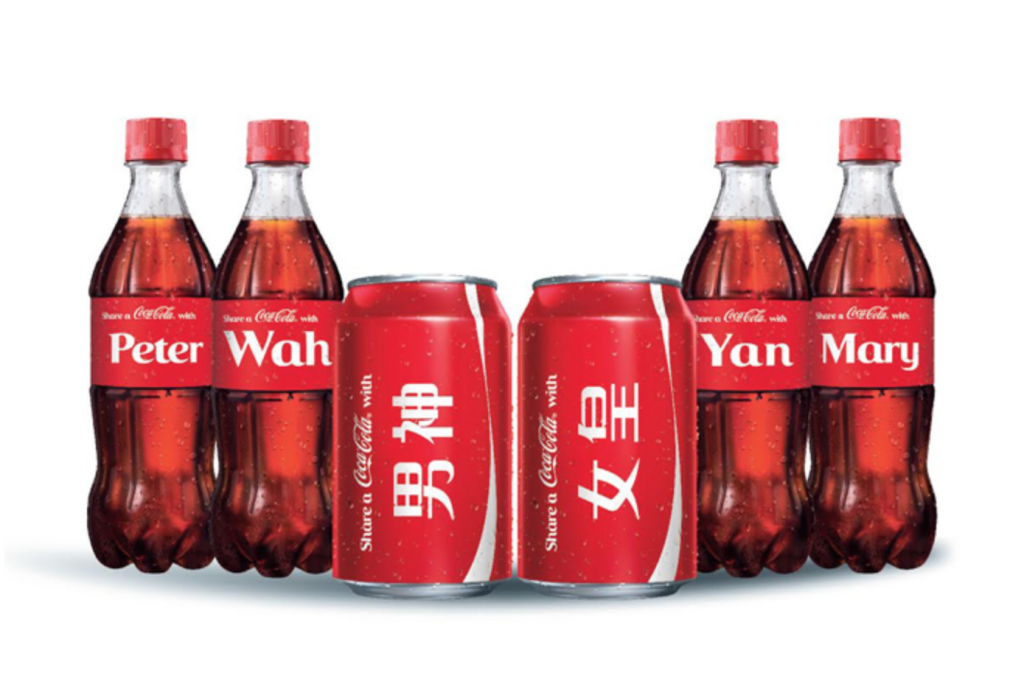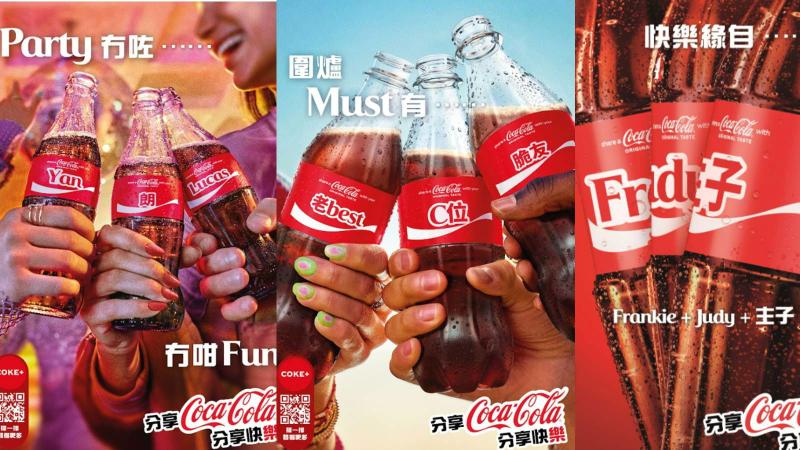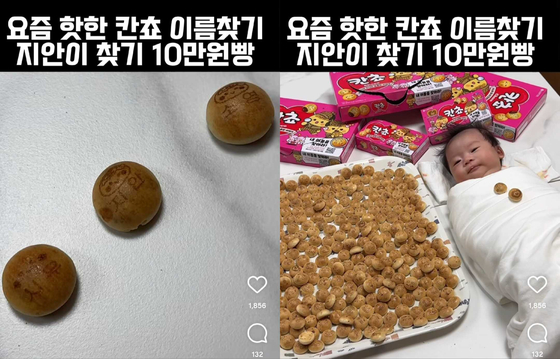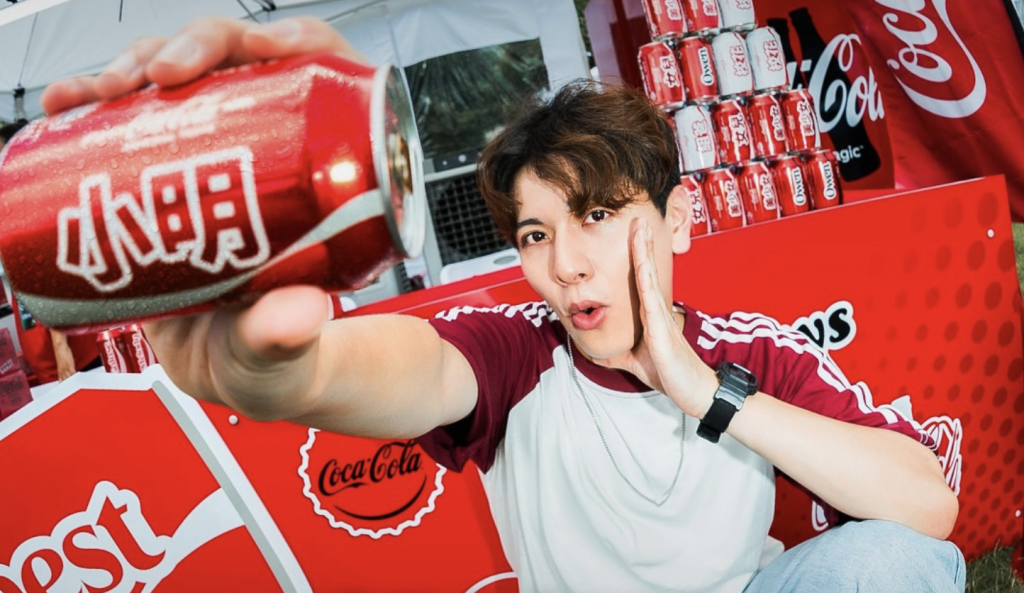The Power of Seeing Your Name: Why Personalized Marketing Stays Viral
There is something magnetic about seeing your own name on a product. It transforms a soda can or a cookie box from mass produced merchandise into something that feels almost custom made. This is the magic behind personalized marketing, and why some of the world’s biggest brands keep coming back to the idea.
Coca-Cola’s “Share a Coke” Revival


Originally launched in 2011, the “Share a Coke” campaign replaced the iconic Coca-Cola logo with popular first names on bottles and cans. This simple yet effective idea encouraged people to find and share beverages featuring their own names or those of friends and family. The campaign quickly gained traction, expanding to over 80 countries and becoming a global phenomenon.
In 2025, Coca-Cola revitalized the “Share a Coke” campaign in Hong Kong with a sharper focus on Gen Z, a demographic that prizes authenticity and personal connection. This refreshed edition goes beyond first names, introducing Gen Z-inspired nicknames and cultural touchpoints across Coca-Cola products. The lineup features popular slang, MBTI personality tags like “I人” and “E人”, campus references such as “校草” and “校花”, and playful identifiers including “A0” and “Y2K”. The result is a range of cans and bottles that feel personal, relevant, and highly shareable both offline and on social media.
Engraved Names Turn Kancho into a Nationwide Craze

Recently in Korea, Lotte Wellfood’s Kancho (칸쵸) cookies showed just how powerful personalization can be. To mark the snack’s 40th anniversary, the brand released cookies engraved with 504 popular Korean names and 90 heart-themed designs. What started as a nostalgic twist quickly turned into a national craze: the first shipment of one million units sold out in two weeks, GS25 convenience store sales jumped 425 percent, and CU reported a whopping 754 percent increase in sales. The campaign even went viral online, with celebrities like singer IU showing off cookies printed with their names, and families filming themselves hunting for loved ones’ names. By tapping into the thrill of recognition and rarity, Kancho transformed a decades-old chocolate snack into one of Korea’s most talked-about products of the year.
Why Gen Z Makes Personalization Irresistible for Brands


Gen Z is at the center of why personalized marketing works so well. This generation treats products not just as things to consume but as tools for self-expression. A Coke bottle with “E人” or a Kancho cookie printed with your name becomes more than a drink or snack. It becomes content for TikTok, a prop for a selfie, or a collectible that says something about who you are.
For brands, this behavior is marketing gold. Every photo, unboxing video, or livestream shoutout acts as authentic word of mouth that can scale far beyond paid campaigns. Instead of being passive buyers, Gen Z consumers actively participate, turning products into shared cultural moments that spread at the speed of social media.
That is why brands keep revisiting personalization campaigns. Beyond the immediate sales lift, personalization creates emotional stickiness and social visibility. It satisfies Gen Z’s craving for individuality within a mass market, while giving brands a cost-effective way to generate relevance and cultural buzz.
Beyond Names: The Next Wave
Names work because they are universal, but personalization can go further. Some beauty brands have already experimented with AI-driven recommendations and packaging that prints the customer’s chosen phrase. Sportswear labels let shoppers embroider initials into shoes. For Gen Z and younger millennials, this kind of creativity feels natural.
The challenge is making sure personalization doesn’t become gimmicky. It needs to tie back to brand identity in a way that makes sense. Coca-Cola talks about sharing and friendship. Kancho plays up youthful fun. The personal touch reinforces what these brands already stand for.
Personalized marketing shows that in a world of infinite advertising, sometimes the simplest gesture has the most impact. A name on a bottle or a message on a snack pack taps into emotion, encourages participation and sparks social sharing at scale. Brands that understand how to merge personalization with cultural habits, especially Gen Z’s online behavior, can turn ordinary packaging into instant buzz.